Manna Moment: Adaptations can be a loaded word. Depending on your worldview, it means different things. Genesis 1:25 says, “God made all sorts of wild animals, livestock, and small animals, each able to produce offspring of the same kind. And God saw that it was good.” Some people believe that the different physical traits or behaviors given to animals occurred over long periods of time to survive their environments while others believe that God designed animals in their kinds from the beginning to survive their environments even after the Fall of Man. Looking at the different traits of plants and animals brings out two very different worldviews, one void of a Creator God and one acknowledging the Creator God. It is important in reading science books to understand these two worldviews so that you know what you are reading. Interactive Read Aloud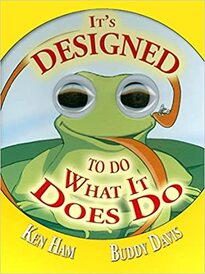 Speaking about adaptation, I wanted to present some animals with unique characteristics that they have had since they have been designed to have them. I read this to my 2nd and 3rd graders and they loved the googly eyes for each animal as well as drawing with Buddy the sheep. The sheep reminded us of the Lamb of God who takes away the sins of the world. Can His Creation speak against Him? While some might believe that these unique characteristics evolved over long periods of time, others believe that it is part of an intentional design from a Creator God. Scientific Fact vs Scientific idea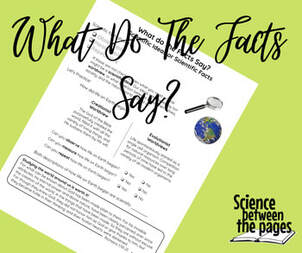 Here is a resource that calls out the difference between a science idea and a fact. Many ideas are presented as facts in the science world and we need to be careful about what exactly we are reading. This hand out highlights that science facts are: Observable, Measurable Repeatable If they do not meet this criteria, they are science ideas. This resource also concludes that both worldviews on the origin of life are in fact science ideas based on what you believe. 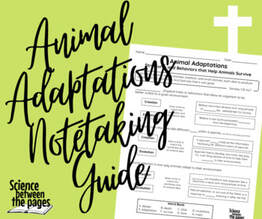 Knowing the perspectives of the two different worldviews, I asked the students to see if they could see which ideas came from which worldview. For instance, an evolutionary worldview believes new traits develop over long periods of time like webbed feet for ducks whereas a creation worldview believes that the adaptations are part of Gods purposeful design. They would draw lines to match each idea to the worldview. I borrowed some books from the library and read a paragraph of one to them to see if they could tell me which worldview it ascribed to. They were able to tell me based on the passage stating millions of years and dinosaurs changing into what we have as birds today. Animal and Plant Adaptation Cards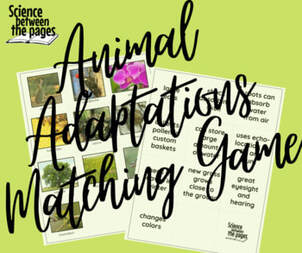 Finally, to learn about the different adaptations of plants and animals, we played this matching game in groups. These are very similar to the Animal Defense cards but have plants in them as well along with different animals.
0 Comments
manna momentJohn 6:19-”When they had rowed about three or four miles, they saw Jesus walking on the sea and coming near the boat, and they were frightened.” Seeing as all things, including the seas, were made through Jesus, (John1:3) I am not surprised that he could walk on water, however this would be considered a supernatural feat. It is not a supernatural feat for insects like water striders who walk on pond and lake water all the time. The combination of the molecular structure of water when up against air plus the special design of the water strider’s legs make this feat possible in nature. Mankind uses creation, water striders walking on water, to inspire innovation and scientists and engineers are working on a way for man to walk on water. And even if they come up with a way to do this, it was Jesus who did it first supernaturally. Pond Food Chain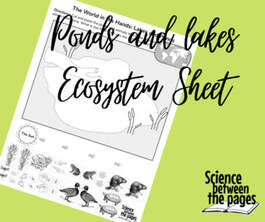 Using some Dyno Cards, the students were able to put a food chain together. This will be helpful to them on their Lakes and Ponds Ecosystem Sheet. lakes and Ponds Note Taking Sheet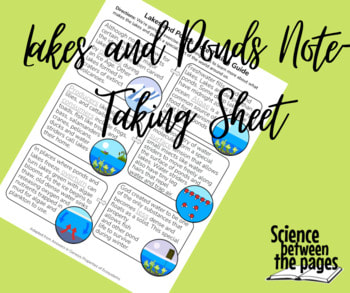 I didn't necessarily have a focused book on Lakes and Ponds and so I gleaned some great information from God's Design Properties of Ecosystems. Along with Dr. Fleming's amazing illustrations, this note taking guide came together. There are key words in each box that are grayed out that the students can trace over them while we discuss the topics in the guide Penny Surface Tension Investigation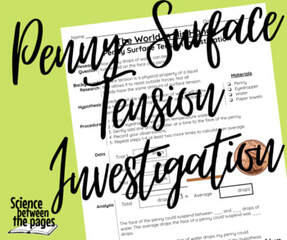 The only materials that you will need for this investigation are:
I really enjoyed doing this investigation. Second and Third graders are perfect for this. Each had to make a hypothesis of how many drops they could accumulate on their penny. They, then, had to do three trials, add them up and divide to find the average. The dividing was difficult and we had a math lesson within the science lesson. Why not? They go so well together. This investigation emphasizes doing more than one trial and using the scientific method. 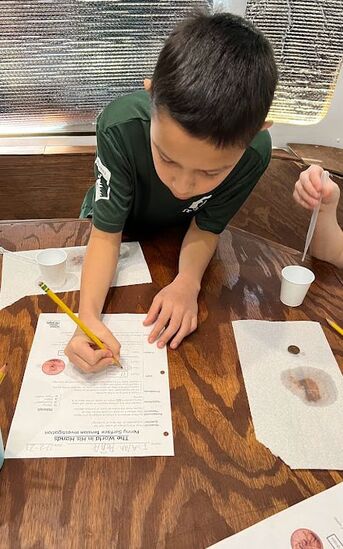 Documenting the data is very important. Read Aloud: From Tadpole to frog by wendy Pfeffer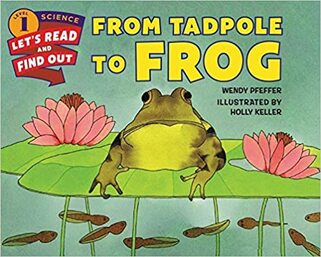 Our fauna highlight today was the frog. I picked the frog to contrast with the spadefoot toad that we learned about earlier in the desert. While reading, we compared the life cycles of the frog with the spadefoot toad. Frog Life Cycle Bracelets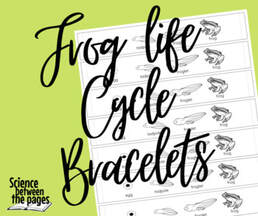 After we finished our read aloud, I gave each student a frog life cycle bracelet to color. Once they were done coloring, we taped them on their wrists. The students loved them and can remember the frog life cycle. You can grab these for free on our TPT page. If you click on the image, it should take you to our TPT store. manna momentGalatians 4:4-5- “But when the fullness of time had come, God sent forth his Son, born of woman, born under the law, to redeem those who were under the law, so that we might receive adoption as sons.” Redemption is the action of saving or being saved from sin, error, or evil. What happens before redemption? Sin, error, or evil. In this lesson, we will learn about a wetland that was devastated by chemical dumping and polluting but was redeemed because of processes set forth by a Creator God. And while humans had a part to play in turning from their dumping and polluting, it was God and His processes that brought the redemption and healing. This parallels to the greatest redemption the world has ever known, the redeemed life through Jesus Christ as Lord and Savior. Jesus redeemed our life from sin. Our sin and error had polluted our souls, we needed to make a conscious effort to repent but it was God’s processes of reconciliation and redemption that bought our freedom and our adoption as sons and daughters of God. Read Aloud: Meadowlands by Thomas Yezerski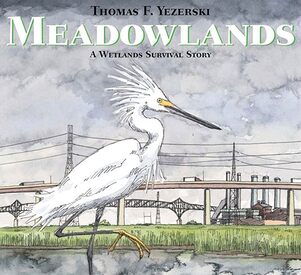 This is a great and encouraging wetlands survival story. It covers the history of this 20,000 acre land throughout the years from its discovery to modern times. My favorite part of this is that it is a true story. Redemption is real! The processes are available if we would from our ways of doing things and accept a better way to live. I had my students use this Reading Guide to follow along with the story or to review it at home with their parents. Science Demonstration: Is saltwater more dense than freshwater?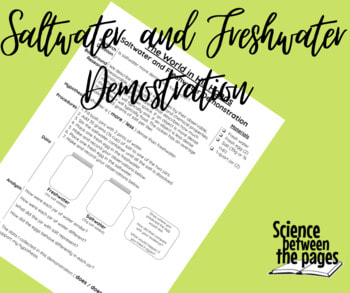 Materials: 2 fresh eggs 2 quart jars water 1/3 cup of salt Fill up the jars halfway with water and add 1/3 cup of salt to one jar and stir. Stir the solution until the salt is completely dissolved. Now add a fresh egg to the fresh water. Draw what happened in the jar on the demonstration sheet. Then add the egg to the saltwater. Draw what happened in the jar as a way of gathering data. Use the questions that follow to analyze the data and follow up with a conclusion statement 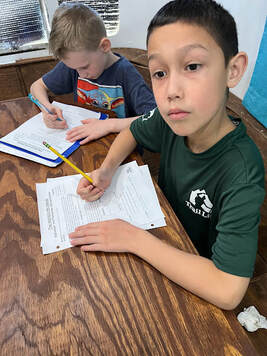 This is a student who was looking at the result of the demonstration that I forgot to take a picture of. It is easy to replicate so this might leave some motivation for you to see for yourself why this student is so interested in the results. Science Investigation: Do Saltwater and Freshwater mix?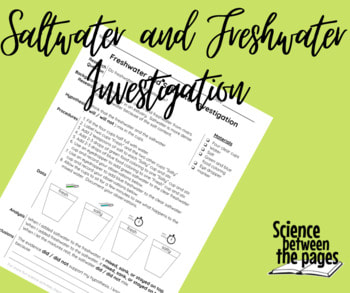 Now that we know if saltwater is more dense than freshwater, we can now see if saltwater and freshwater mix. All you need for this investigation is: 4 clear cups water 4 tsps of salt green and blue food coloring pipettes or eye droppers Investigation guide (this is helpful to guide you through the process) First you will want to label the 2 cups fresh and 2 cups salty. Fill each cup half full of water and add 2 teaspoons of salt to each of the salty cups. Add 2-3 drops of green food coloring to one of the salty cups. Add 2-3 drops of blue food coloring to one of the freshwater cups. Next, you will use a pipette to take some green salty water and add it to the clear freshwater cup. What happens? Next, use a pipette and grab some blue freshwater and add it to the clear saltwater cup. What happens? Did they mix? 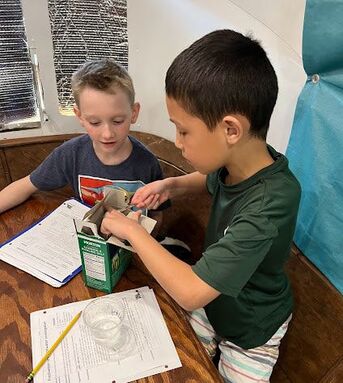 I love how this student wanted to be as true to the teaspoon of salt as he could so he used his finger to level it off. 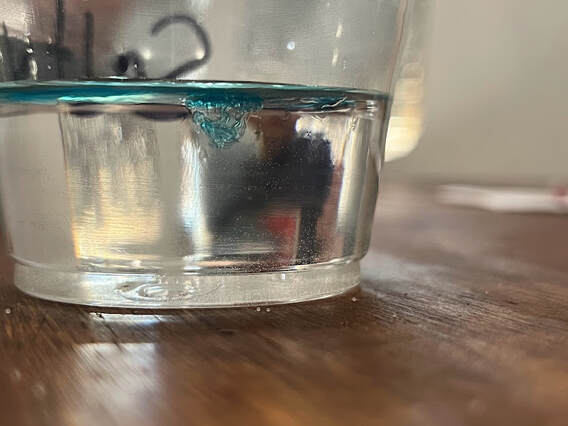 As the blue freshwater was placed in the clear saltwater, you could see the blue water bounce up and remain on the top signifying that they don't want to mix and the freshwater remains on top of the saltwater. 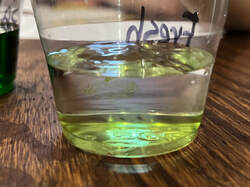 This is green saltwater being placed in clear freshwater. The reflection of the color doesn't let you see very well that the green saltwater was going straight to the bottom of the freshwater. Saltwater is more dense than freshwater. Estuary Ecosystem Sheet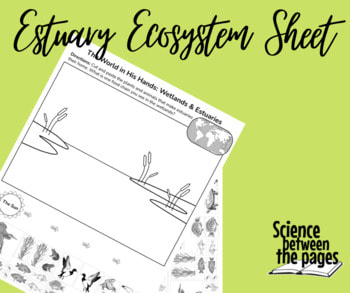 Here is an estuary ecosystem sheet where students can create their own and review what we learned about estuaries today. I included some more information about the flora and fauna of this ecosystem as well. Manna MomentLamentations 3:23-24 states that God’s compassions never fail and that His mercies are new to us every morning. What we will learn about Beaches today is that beaches are an ever-changing ecosystem. From day to day, they are changed in some way. If you go out to the beach one day at the same time as the next, you are guaranteed that there will be more seashells, different sand structures etc. as a result of the tides and waves. When I think of the waves that continually pound the shore, they are constant and consistent like God’s unfailing love for us. Each day, His mercies are new for our life, so just like the beach is new every morning, in the same way, God’s mercies to us are new every morning, Great is His Faithfulness. Weathering, Erosion and Deposition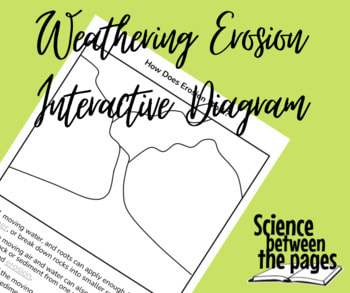 I used this handout to guide the students through the process of weathering, erosion and deposition. I drew this simple diagram on the board so the students could follow along. On the mountain, I placed rocks breaking apart and labeled it 'weathering'. I drew more rocks falling into the river and labeled that erosion, the carrying of rock or sediment from one place to another. Finally, I drew rocks on the bottom of the ocean to represent deposition and where the rocks were deposited after being broken and carried away. candy Weathering Experiment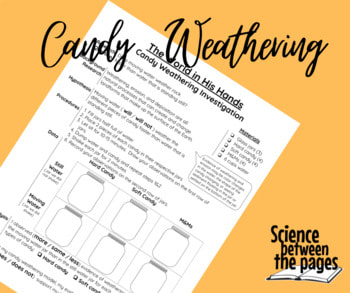 After establishing what weathering, erosion and deposition were, they were equipped with the background research they needed for their Candy Weathering Experiment. This is set up in the format of the scientific method. They were able to hypothesize if moving water would weather candy more or less than candy sitting in still water. After the students made their hypothesis, we filled the jars half full of water and placed 2 pieces of each type of candy in each jar. We put the lid on and let them sit while we enjoyed our book at the 'beach'. Beachcombing by jim Arnosky with notesWe reviewed the five oceans on the inflatable globe. Can you hear the ocean in this shell? Return to Candy WeatheringSo when we returned from the beach, we checking on our candy sitting in the jar and made our observations on our sheet. Time to shake the jars. After the shake. Homework highlightsI had requested last week that the students color these coral reefs beautiful colors AND they did! What beautiful coral reefs and wonderful reviews of what they learned about the flora, fauna, and symbiosis from last week in the coral reef. Beaches Ecosystem sheet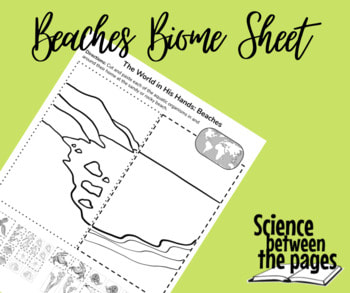 |
Lead LearnerWelcome! My name is Nicole Fleming and I have been leading science learning in the Bryan/College Station homeschool community for over 10 years. Archives
April 2023
Categories |
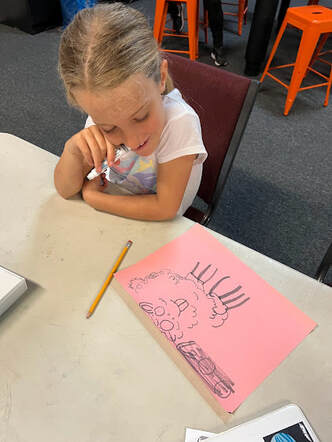
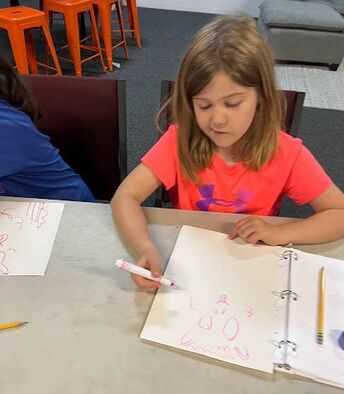
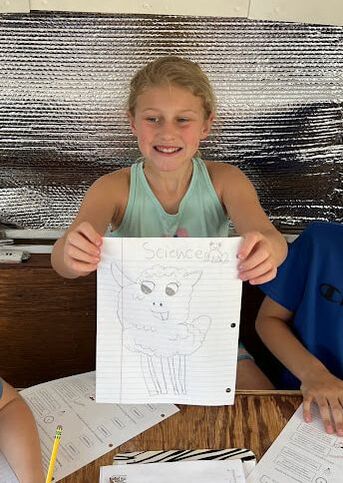
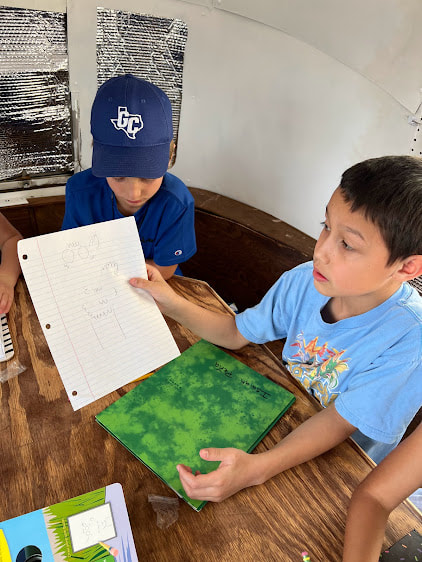
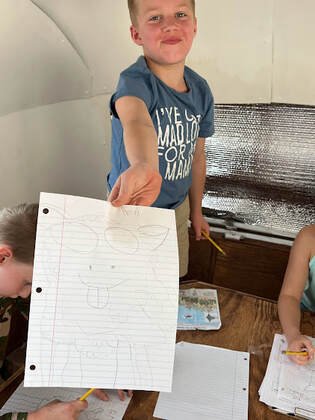
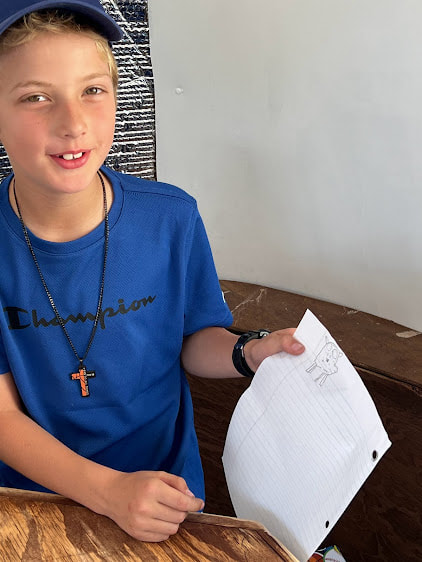
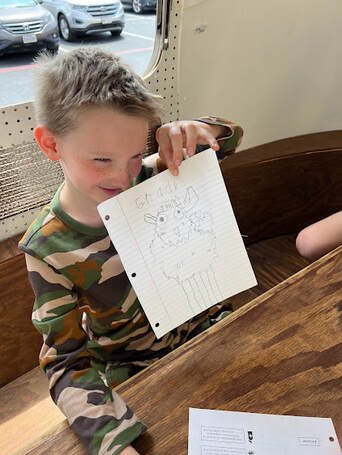
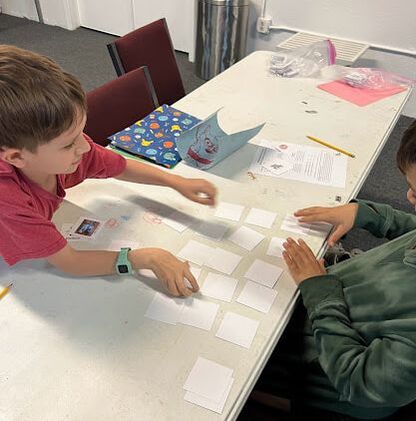
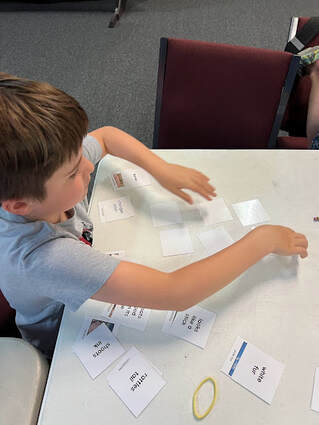
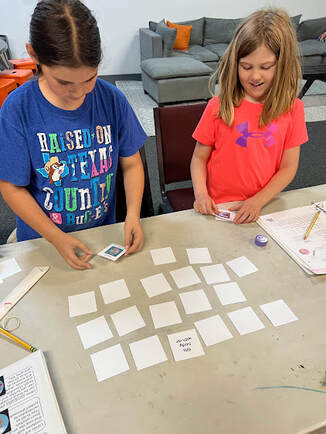
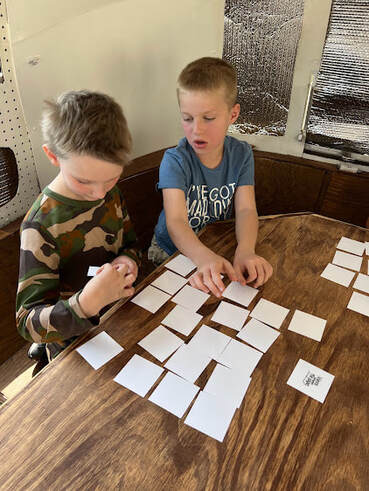
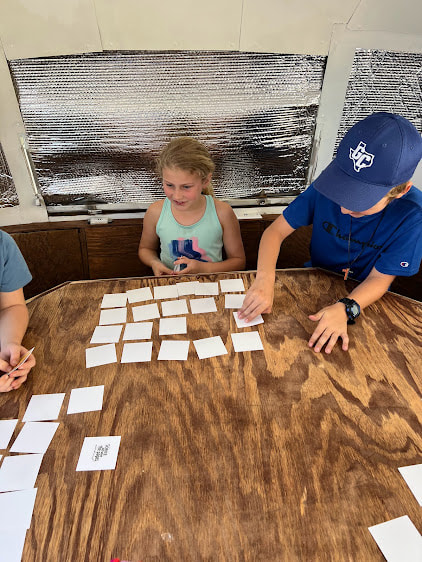
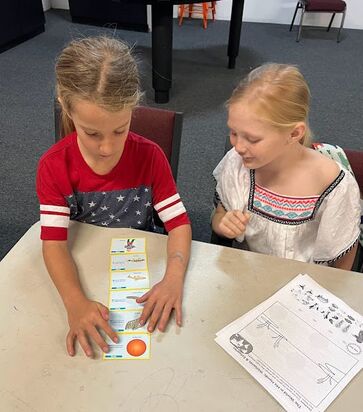
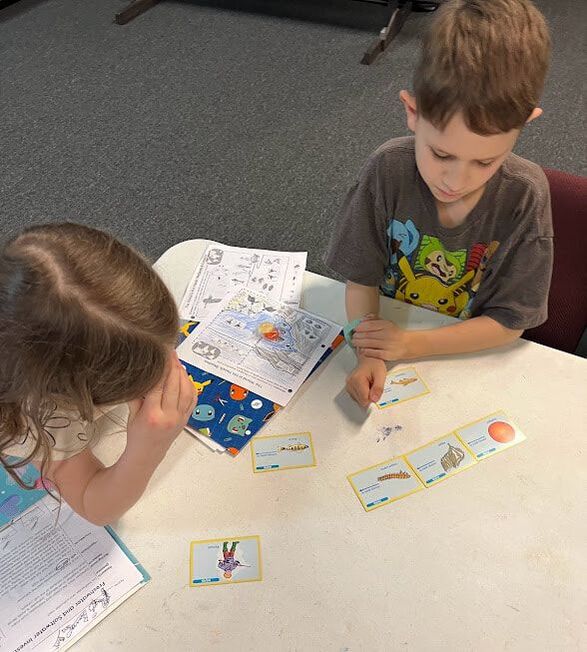
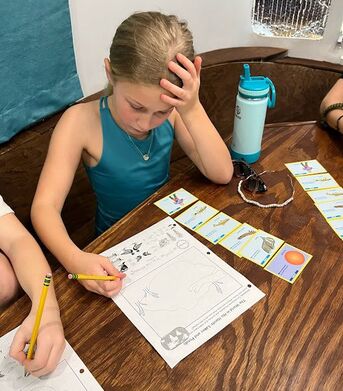
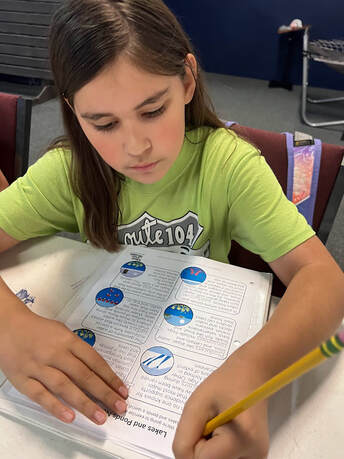
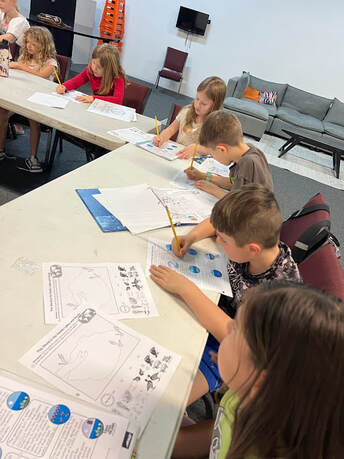
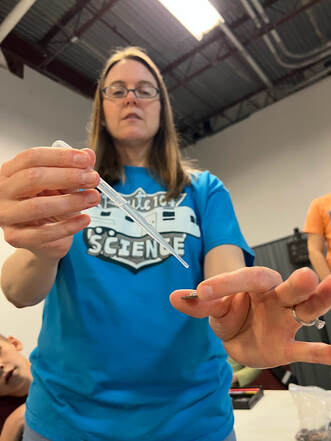
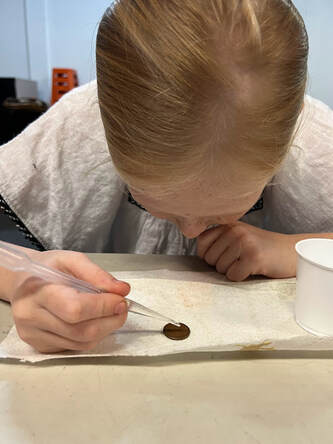
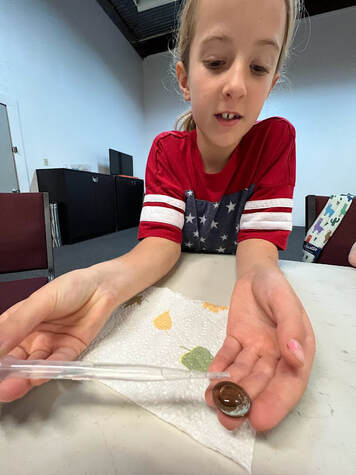
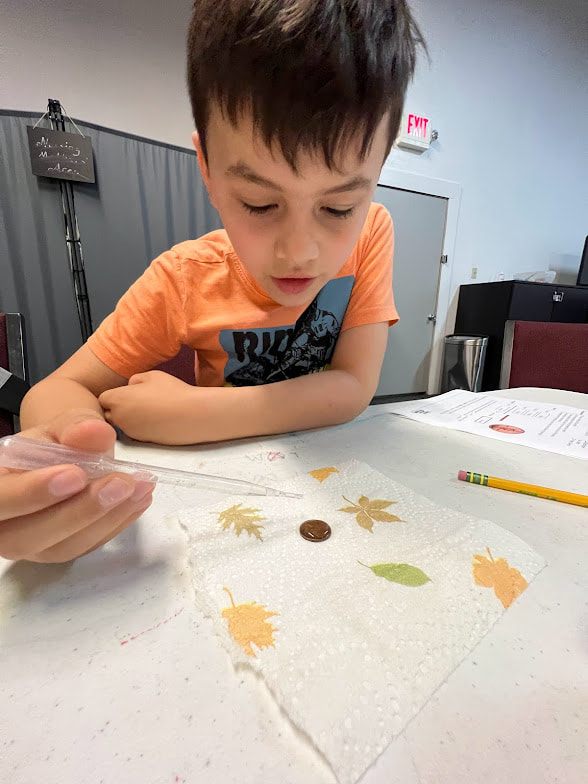
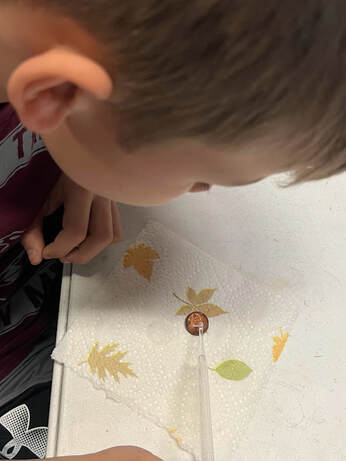
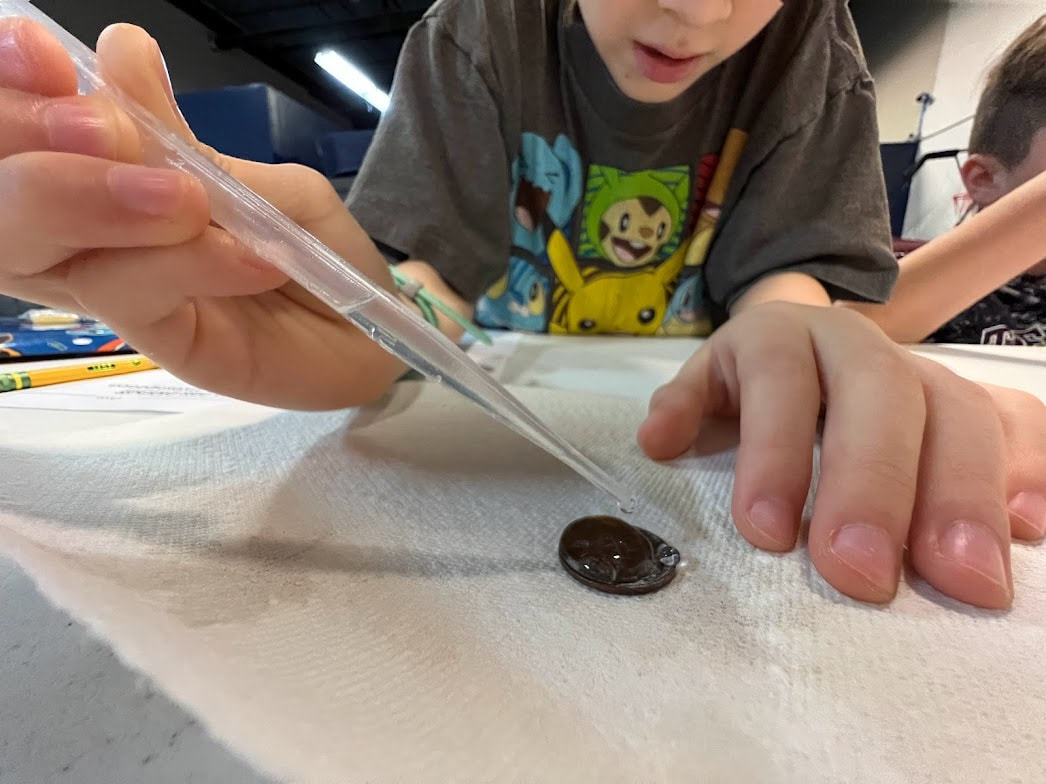
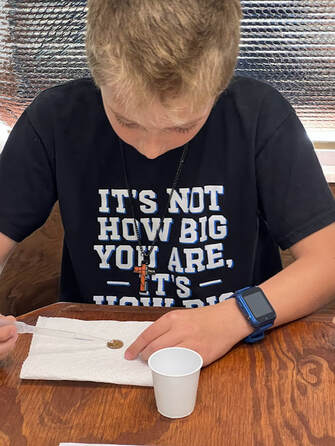
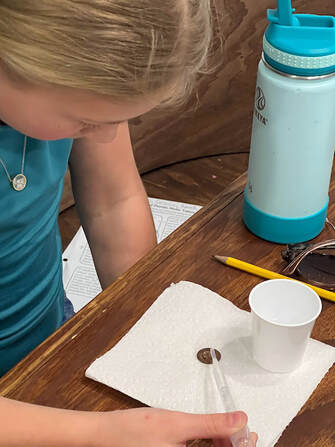
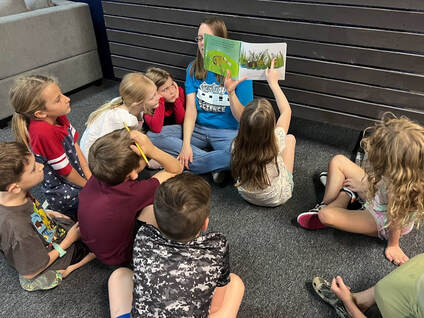
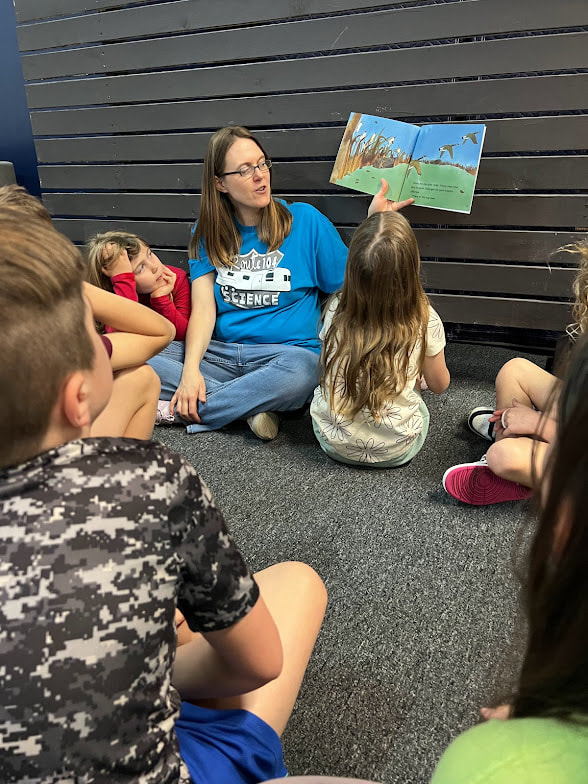
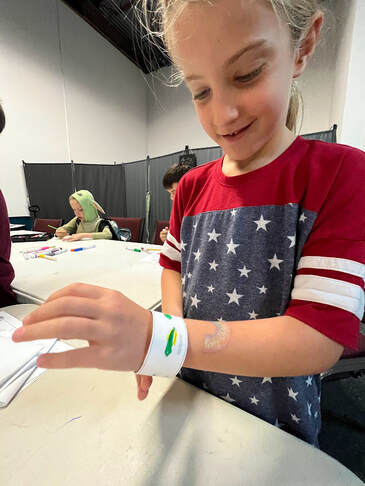
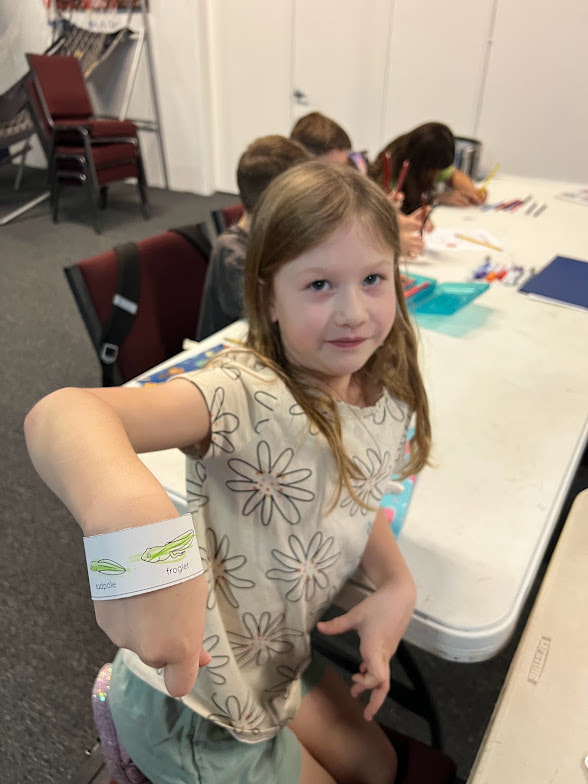
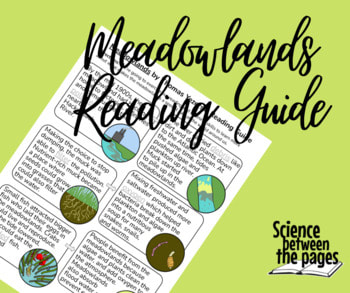
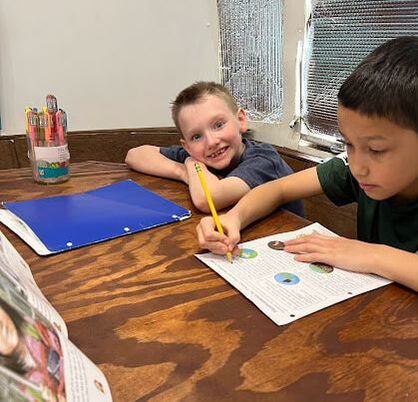
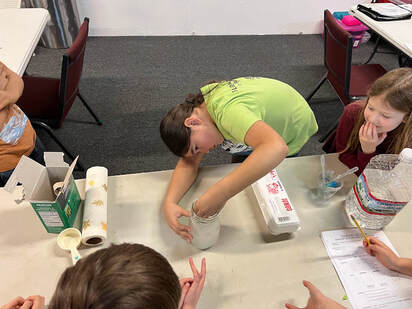
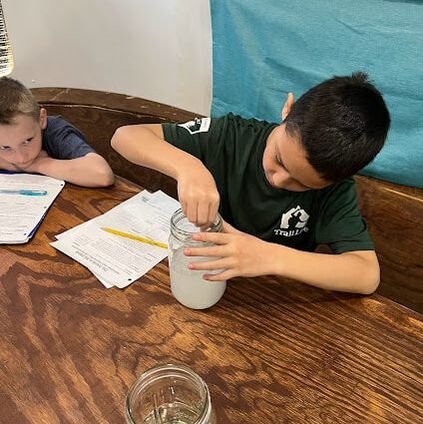
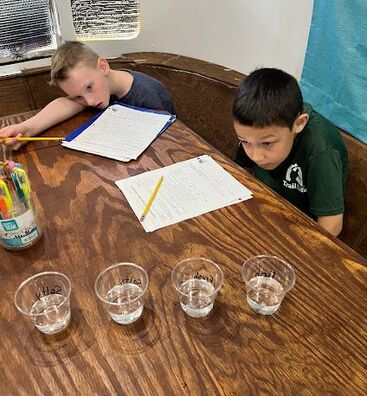
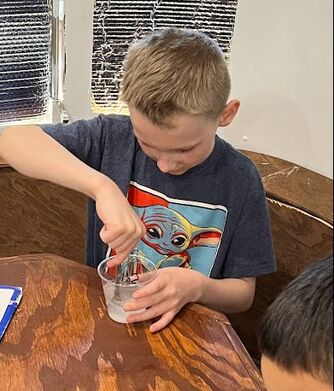
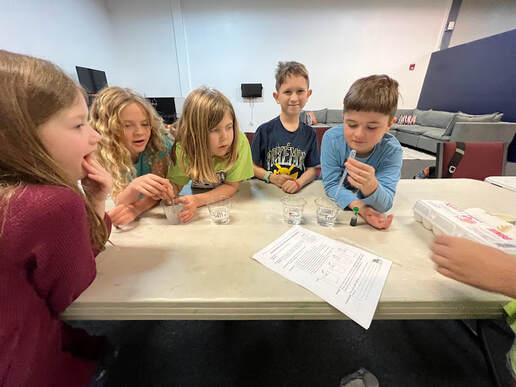
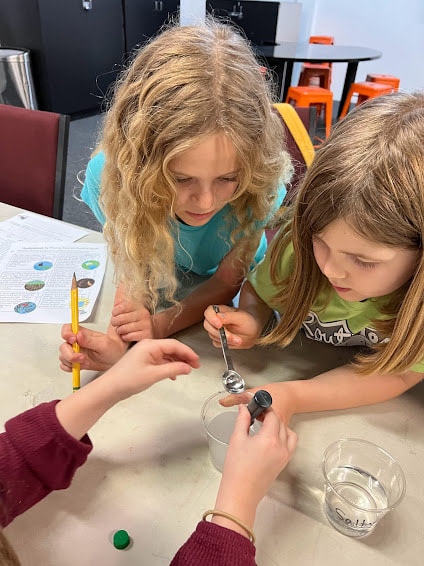
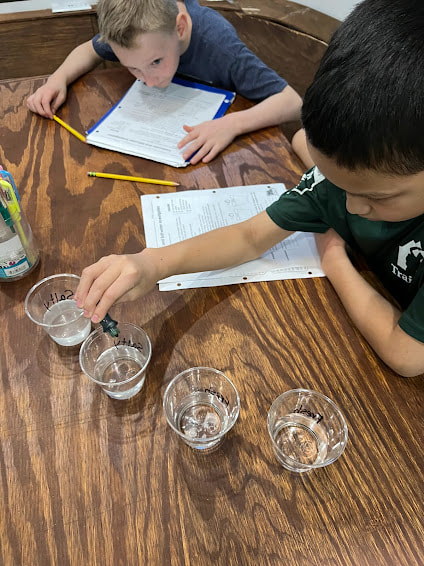
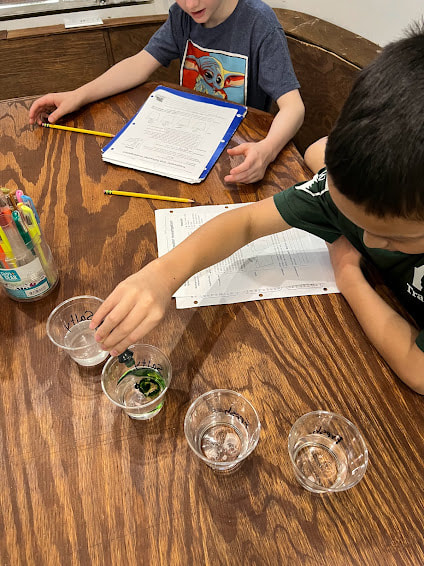
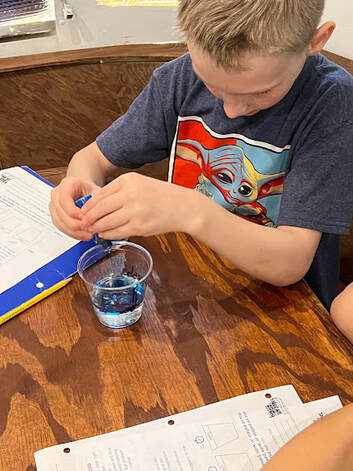
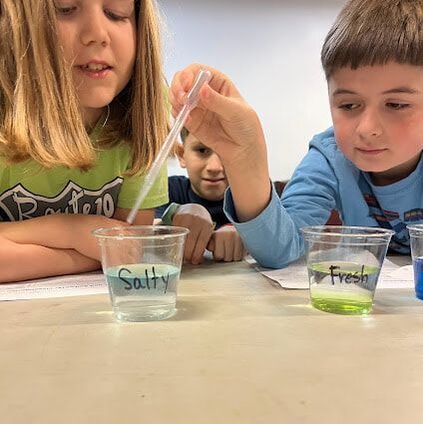
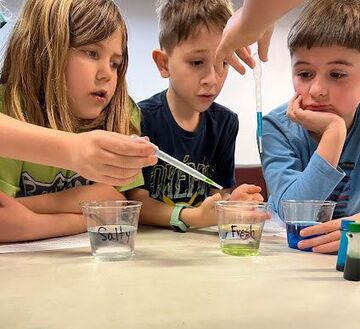
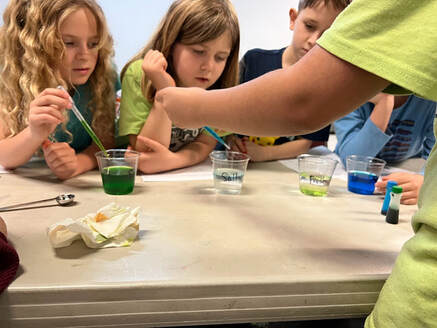
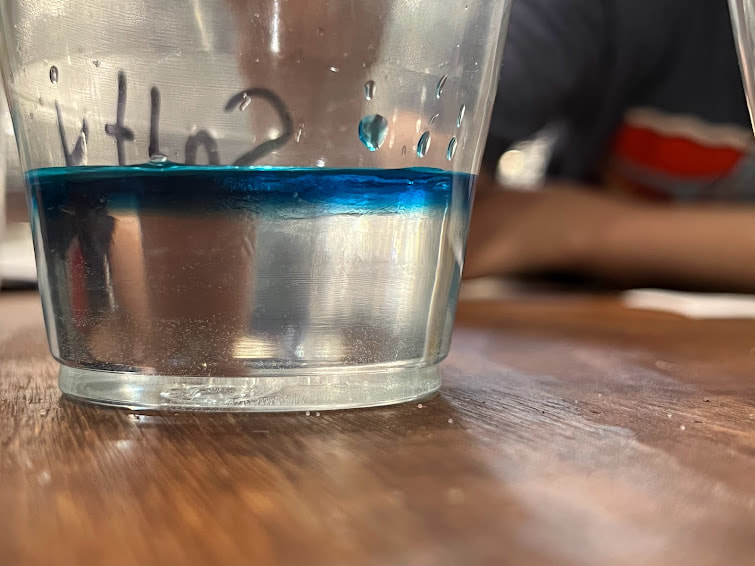
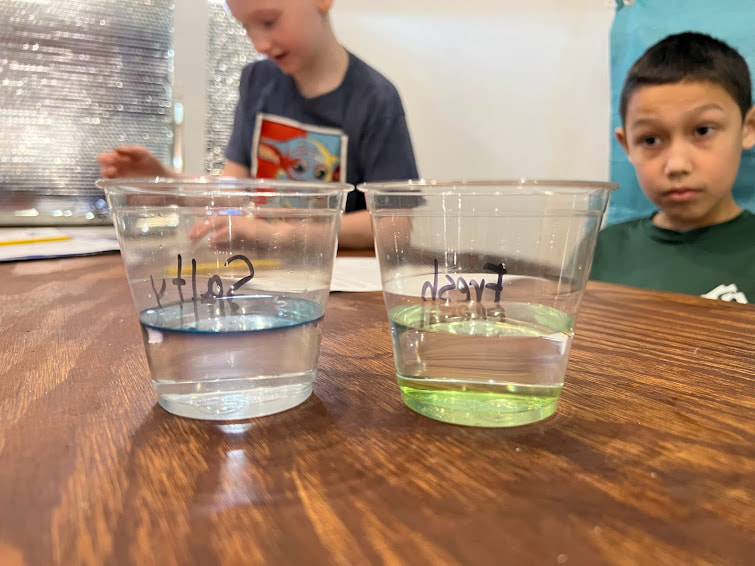
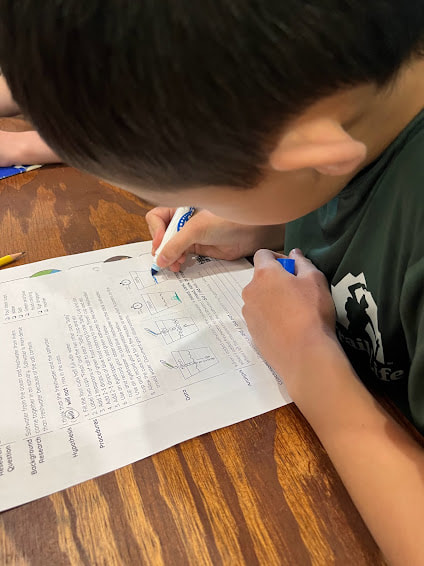
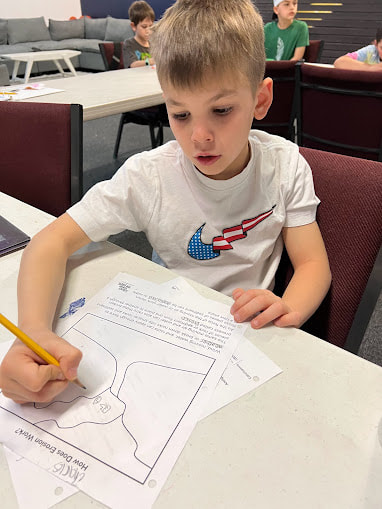
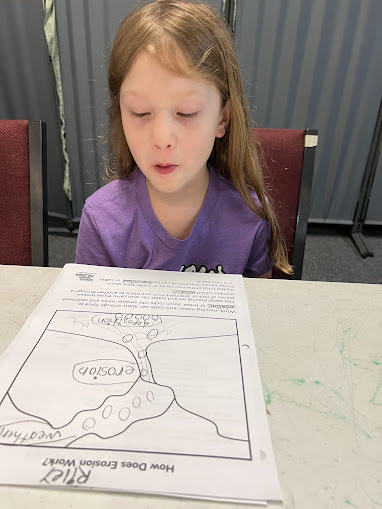
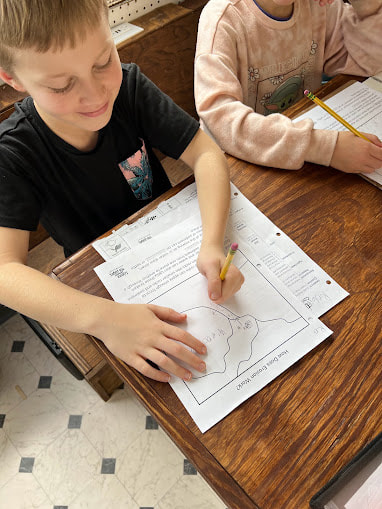
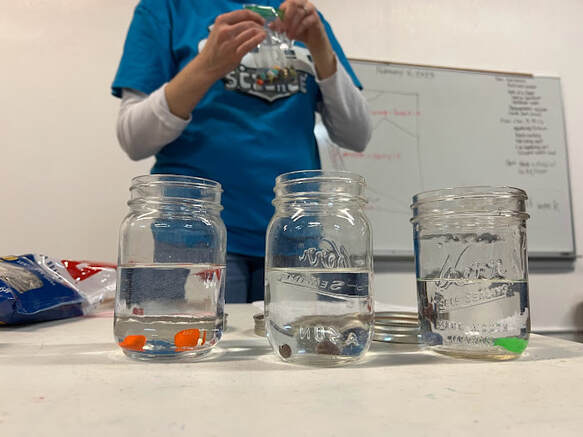
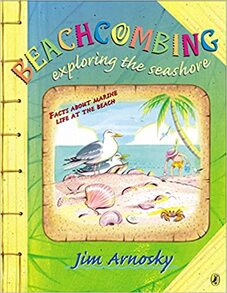
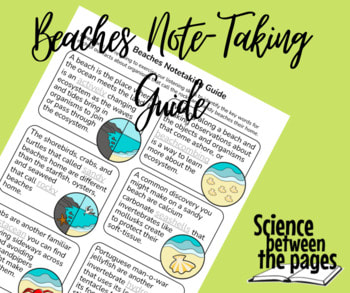
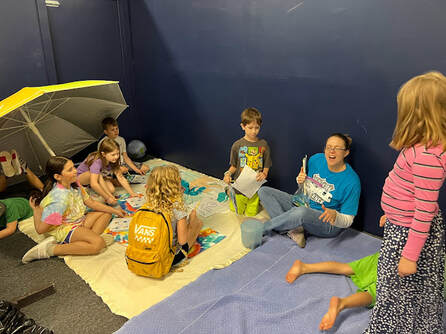
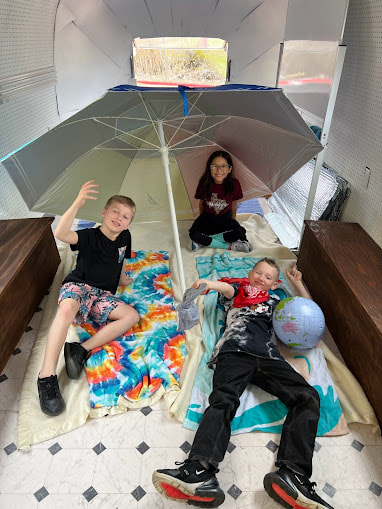
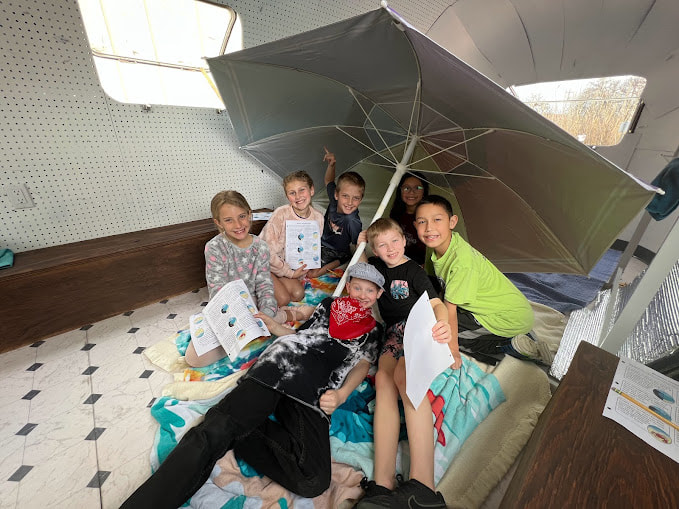
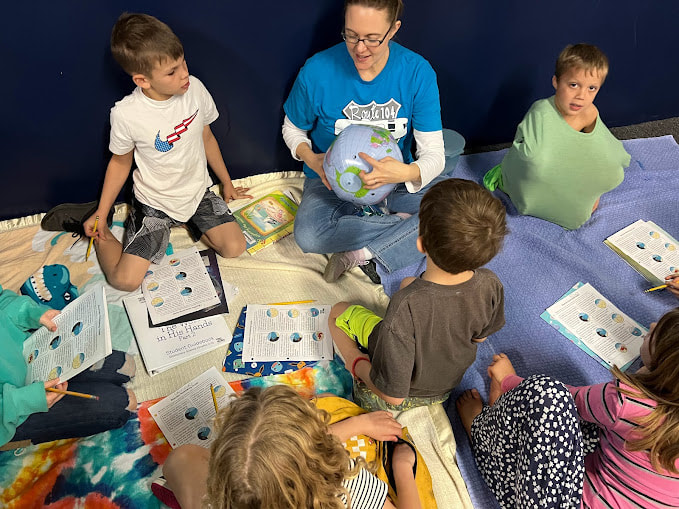
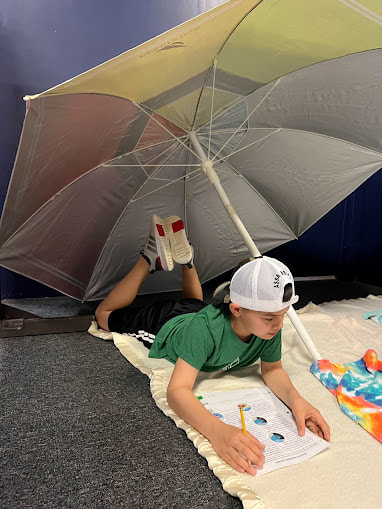
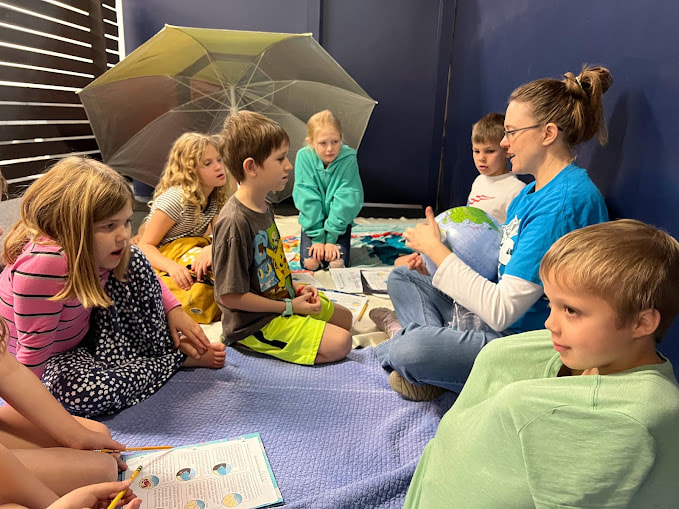
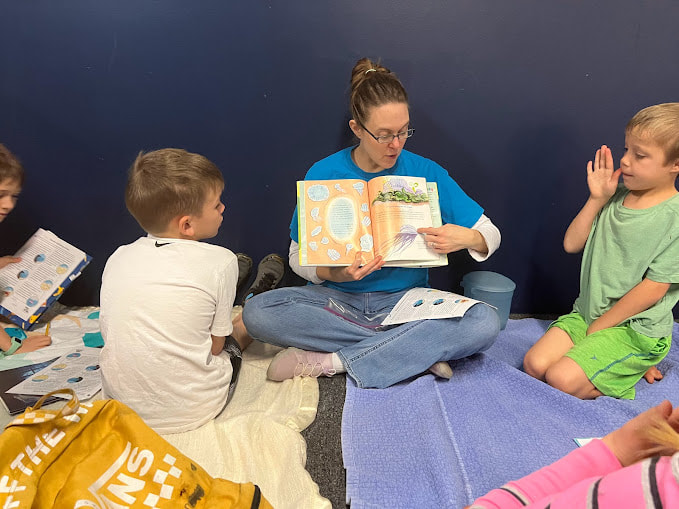
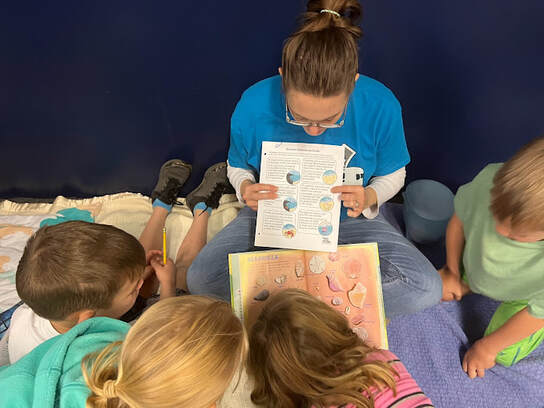
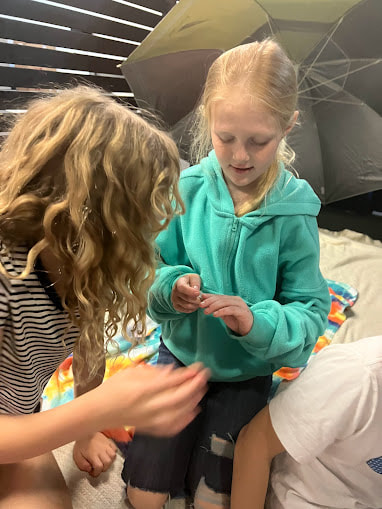
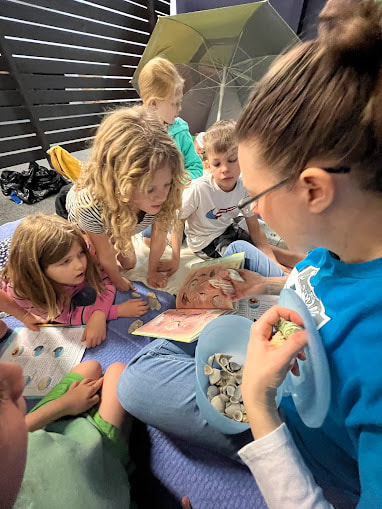
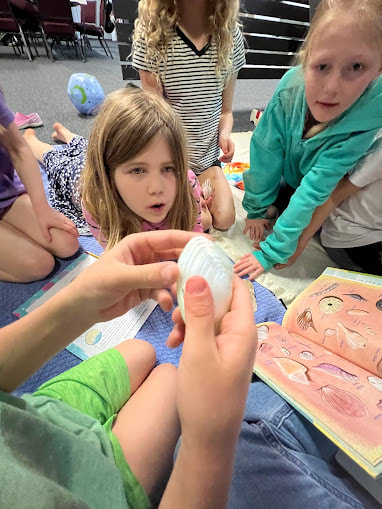
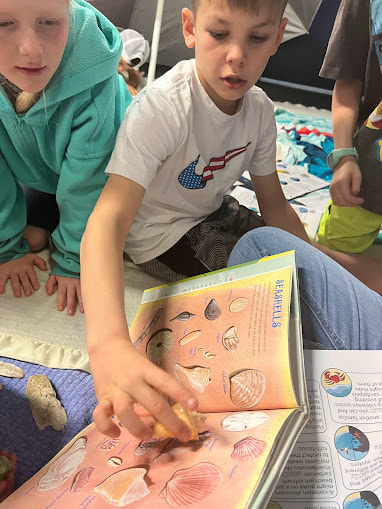
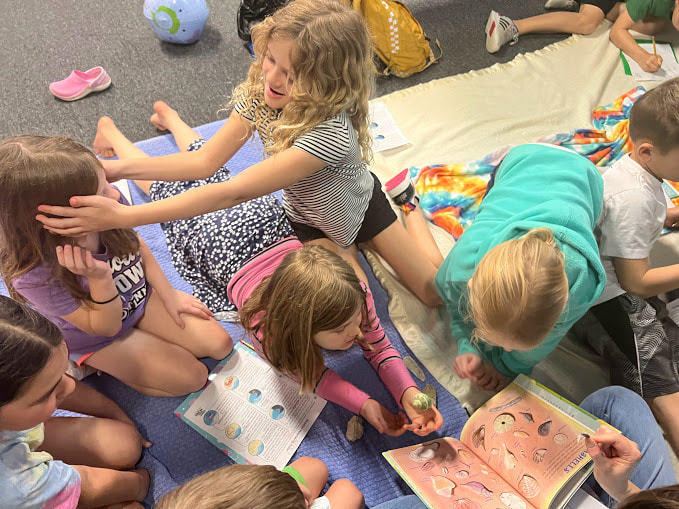
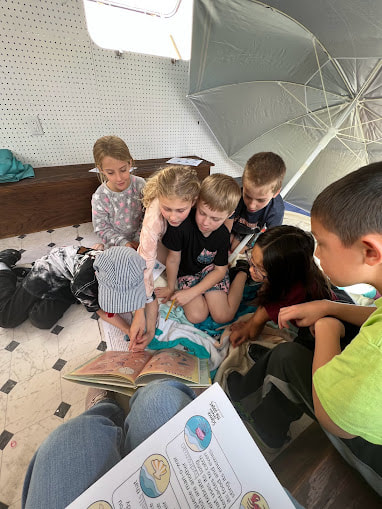
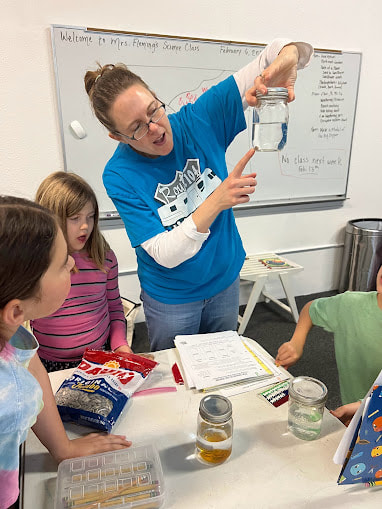
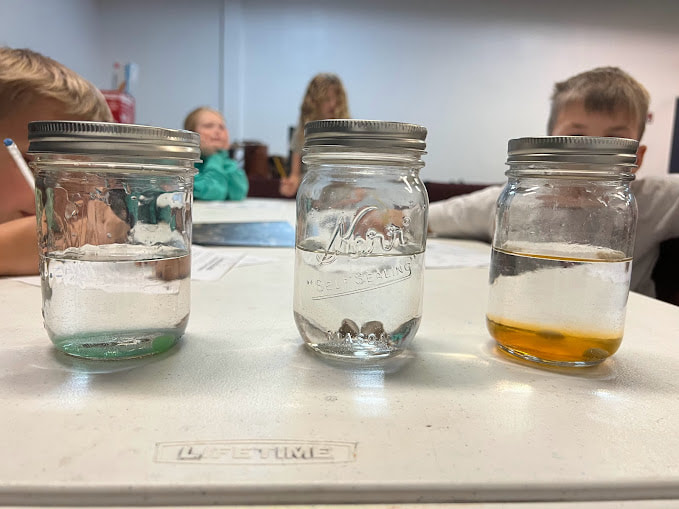
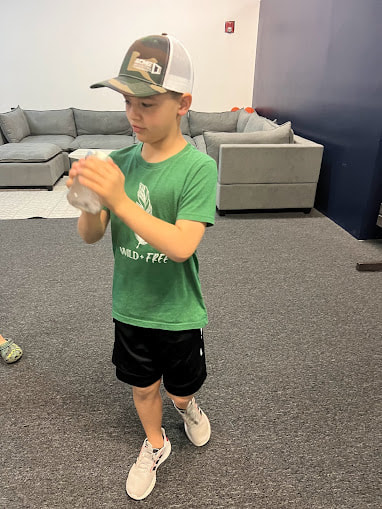
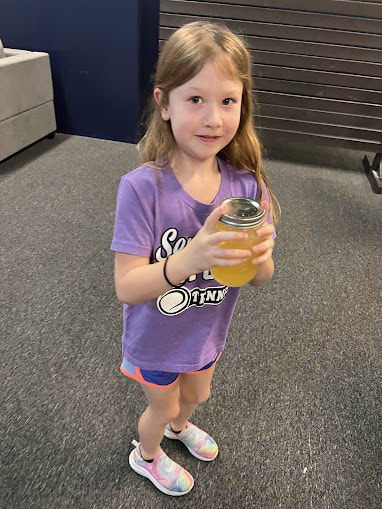
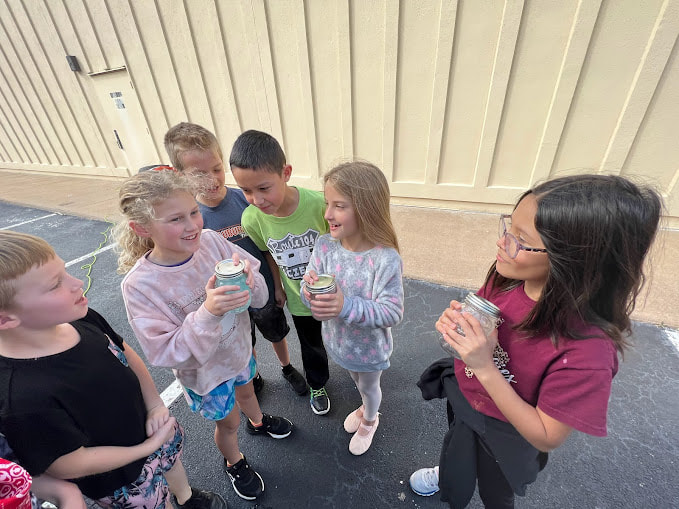
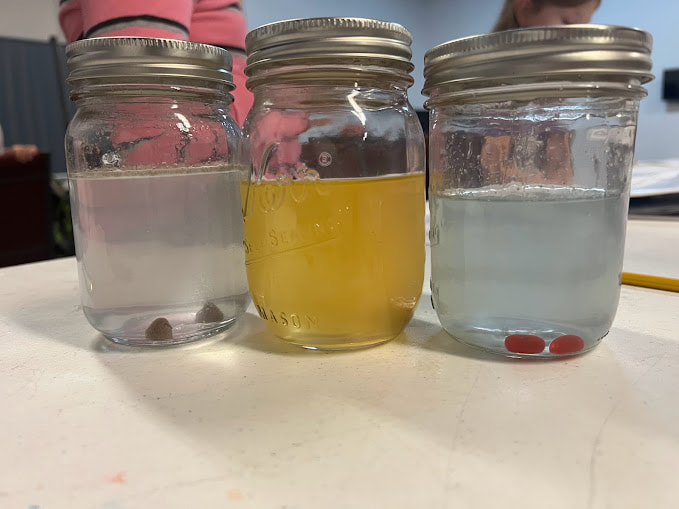
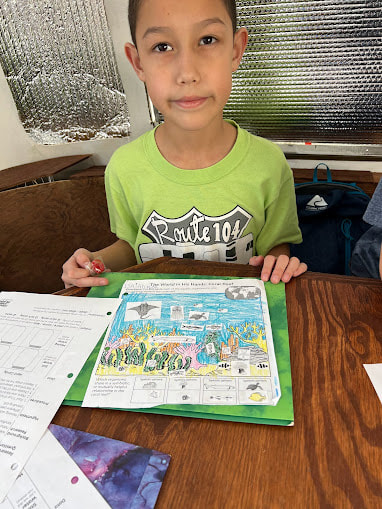
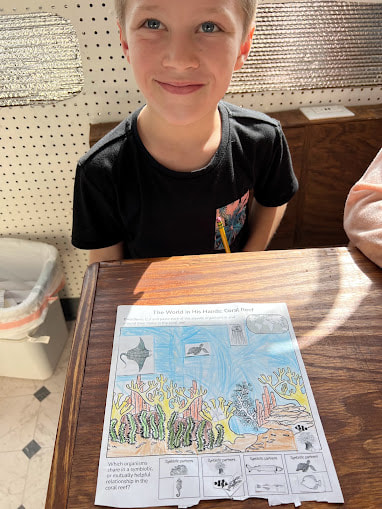
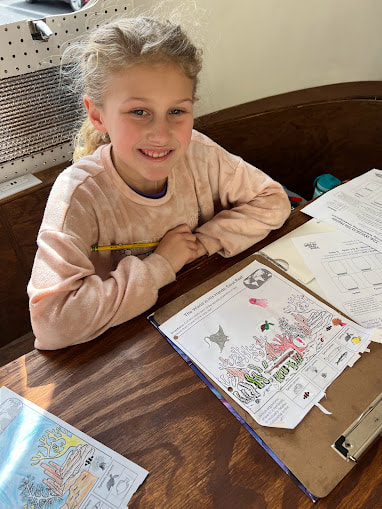
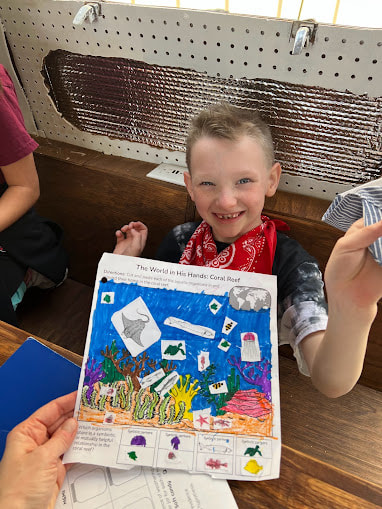
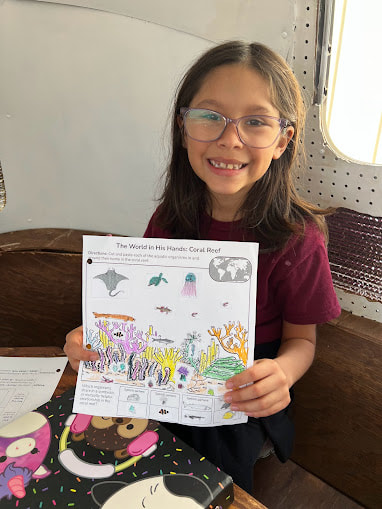
 RSS Feed
RSS Feed